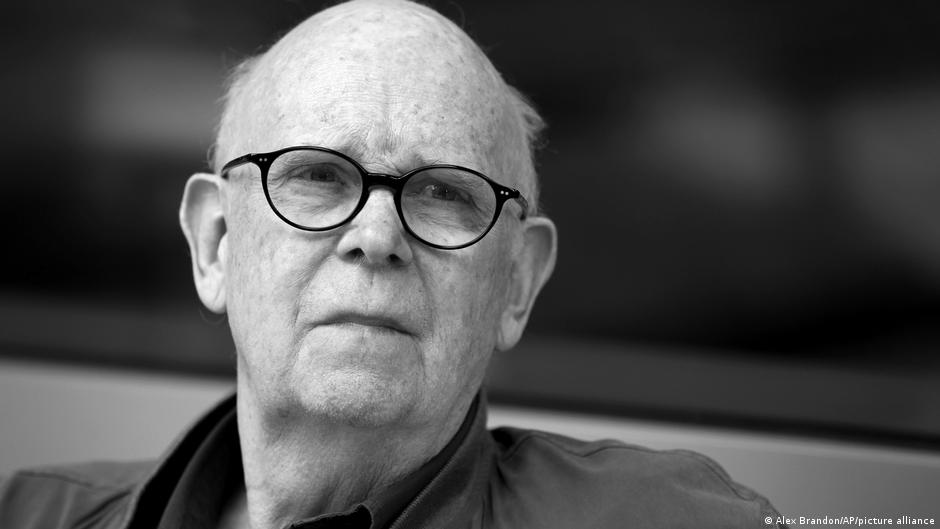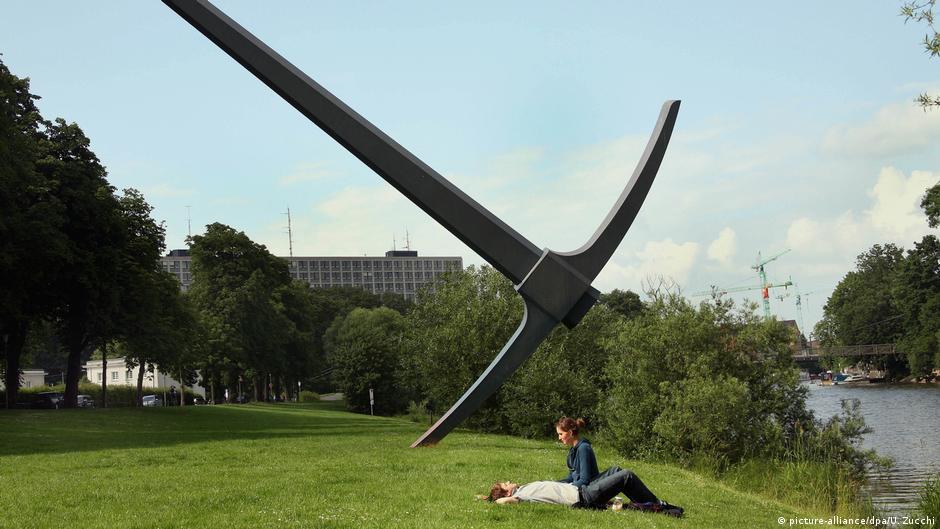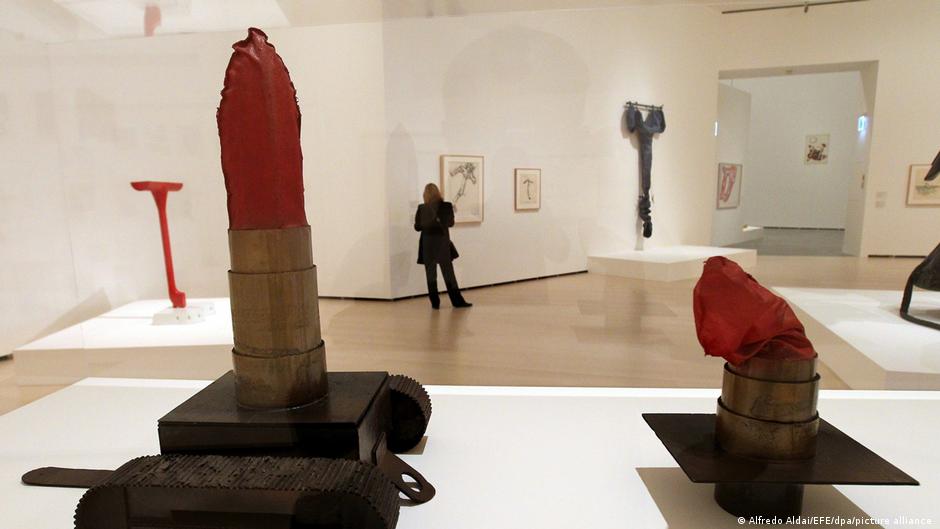Just In
- 18 min ago

- 1 hr ago

- 3 hrs ago

- 11 hrs ago

Don't Miss
- Sports
 ONE Friday Fights 59 Results: Yamin Beats Ouraghi In Freak Stoppage, Yodthongthai Topples Petnamngam
ONE Friday Fights 59 Results: Yamin Beats Ouraghi In Freak Stoppage, Yodthongthai Topples Petnamngam - News
 Bengaluru Traffic Alert: Avoid These Roads On April 20 Between 1 PM To 7 PM
Bengaluru Traffic Alert: Avoid These Roads On April 20 Between 1 PM To 7 PM - Automobiles
 Ford Mustang 60th Anniversary Package – Limited To Just 1,965 Units
Ford Mustang 60th Anniversary Package – Limited To Just 1,965 Units - Technology
 Confirmed List of Products Launching at Xiaomi Smarter Living 2024
Confirmed List of Products Launching at Xiaomi Smarter Living 2024 - Movies
 Paarijatha Parvam Full Movie Leaked Online In HD For Free Download Hours After Its Theatrical Release
Paarijatha Parvam Full Movie Leaked Online In HD For Free Download Hours After Its Theatrical Release - Finance
 Daily Relative Strength Index RSI In A Bullish Mode of This Pharma Stock; Buy For TP Rs 635-685
Daily Relative Strength Index RSI In A Bullish Mode of This Pharma Stock; Buy For TP Rs 635-685 - Education
 Exam Pressure Does Not Exist; Studying Punctually is Crucial; Says Aditi, the PSEB 2024 Topper
Exam Pressure Does Not Exist; Studying Punctually is Crucial; Says Aditi, the PSEB 2024 Topper - Travel
 Journey From Delhi To Ooty: Top Transport Options And Attractions
Journey From Delhi To Ooty: Top Transport Options And Attractions
Pop Art Pioneer Claes Oldenburg Passes Away At 93: A Look At His Work

Claes Oldenburg created monumental pop art sculptures right in the center of cities so that they would be clearly visible. His "Pickaxe" on the banks of the Fulda River in Kassel, central Germany, measures 12 meters (39 feet) and looks as if Hercules himself had rammed it into the ground. Claes Oldenburg created it in 1982 for the Documenta 7 exhibition.
In Münster in western Germany, the "Giant Pool Balls" he created near Lake Aa were part of the 1977 open-air exhibition, "Skulptur-Projekte" ("Sculpture Projects"). Another of his works is the huge clothes peg, titled "Clothespin," that rises 30 meters into the sky between Chicago's skyscrapers.
Consumption, pop culture and humour
Claes Thure Oldenburg was born on January 28, 1929. His father was a Swedish diplomat stationed in the United States, and the family moved to Stockholm before his birth to ensure that he would be a Swedish citizen before returning to the US.

Initially, Oldenburg wanted to become a writer. Having studied art and English literature in Chicago, in 1950 he began a traineeship at a newspaper where he worked as a police reporter for six months. Later, he earned his money as a graphic artist. In 1956, when he was 27 years old, Oldenburg moved to New York just as pop art was about to dominate the creative scene.
Following the Abstract Expressionism of Jackson Pollock, other artists came to the city such as Andy Warhol, Robert Rauschenberg — and Claes Oldenburg — to address subjects such as consumption and popular culture.
Mid-century pop art masterpieces
Oldenburg's initial inspiration came from a toy pistol, a ray gun. In 1959, his "Empire (Papa) Ray Gun," which dangled from the ceiling in his first exhibition on Lower East Side Manhattan, somehow resembled a prehistoric tool.
Later on, he built a museum for the "Ray Gun" that became a magnet for "trash culture," including a series of happenings known as "Ray Gun Theater."
His preference for trivial objects manifested itself in the Mouse Museum, which he exhibited for the first time in 1972 at the Documenta 5 in Kassel. It was a bizarre collection of industrially-manufactured consumer goods, ranging from rusty nails, cigarette butts and toothbrushes to souvenirs, which he presented behind a display case like evidence of a new age.
Oldenburg's primary subject was everyday American culture. In 1959, he entitled an installation made of found objects "The Street." He gave form to the gray and brown objects of cardboard, rubble and jute, which were as dirty as the New York streets beyond 5th Avenue themselves were. Since he had no money, the artist had to use anything he could get his hands on for free.
This was followed in 1961 by The Store, a small shop on the Lower East Side. But rather than offering up sausages and cheese, the place displayed crumpled cakes made of plaster and wire, or "decaying" sandwiches.
All these amateurishly painted art objects had no other function than to be art, representing the glittering consumer world with its industrially manufactured mass products. Claes Oldenburg brought them into his art world, giving them back their individual dignity, as he himself described it.
His "soft objects" then followed — light switches, telephones and fabric dusters recalling Surrealism, art as an imitation of real life. In 1969, Oldenburg protested against the Vietnam War by mounting a tree-high-size lipstick tube onto a tank that he pushed across the grounds of Yale University.

Many of the "Colossal Monuments," as he called these huge, inflated sculptures of the 1970s in public spaces, were created together with his wife, artist Coosje van Bruggen. The two married in 1977 and remained artistic partners until van Bruggen's death in 2009.
Pop art that didn't want to be pop art
Pop art was a label that only described Claes Oldenburg's art to a limited extent. The consumer objects he painted and "defamiliarized" were not meant to be a celebration of consumerism.
The artist was working on new sculptures that were sometimes soft, sometimes huge and sometimes hard. The use of everyday objects merely served as a means of exploring forms.
The collector couple Irene and Peter Ludwig recognized the relevance of Oldenburg's work in the 1970s and bought significant works. It is thanks to them that many objects from the early period can be found in Europe, such as in Cologne, Vienna and Budapest.
Claes Oldenburg died on July 18, 2022 at the age of 93.
Source: DW
-
 art cultureBook review: 'Never Out Of Print: The Rupa Story; The Journey Of An Independent Indian Publisher
art cultureBook review: 'Never Out Of Print: The Rupa Story; The Journey Of An Independent Indian Publisher -
 home n gardenHow To Select Art For Your Home, 10 Tips To Define Your Space With Right Artwork!
home n gardenHow To Select Art For Your Home, 10 Tips To Define Your Space With Right Artwork! -
 home n gardenHow To Create A Gallery Wall, 5 Steps To Beautify Walls With Art!
home n gardenHow To Create A Gallery Wall, 5 Steps To Beautify Walls With Art! -
 insyncGJEPC Organises Event To Showcase Finest Indian Jewels to Ambassadors Of Leading Nations
insyncGJEPC Organises Event To Showcase Finest Indian Jewels to Ambassadors Of Leading Nations -
 art cultureBook Review Of 'Blood Island': Humanity Was Killed In Marichjhapi In 1979 - India Slept!
art cultureBook Review Of 'Blood Island': Humanity Was Killed In Marichjhapi In 1979 - India Slept! -
 home n garden5 Expert Tips To Select Perfect Artwork For Your Space
home n garden5 Expert Tips To Select Perfect Artwork For Your Space -
 home n garden5 Creative Ways To Decorate A Blank Wall
home n garden5 Creative Ways To Decorate A Blank Wall -
 art cultureOrpheus Productions' Critically Acclaimed Play 'Kirdaar' To Enchant Audiences At Jagriti Theatre In Bangalore
art cultureOrpheus Productions' Critically Acclaimed Play 'Kirdaar' To Enchant Audiences At Jagriti Theatre In Bangalore -
 art cultureGerman Visual Artist Gerhard Richter Turns 90: A Look At His Journey In Art
art cultureGerman Visual Artist Gerhard Richter Turns 90: A Look At His Journey In Art -
 art cultureRenaissance Italian Painter Sandro Botticelli's Work Sells For $45 Million At Sotheby's Auction In New York
art cultureRenaissance Italian Painter Sandro Botticelli's Work Sells For $45 Million At Sotheby's Auction In New York -
 art cultureGreek Artist Alekos Fassianos Passes Away: Tribute
art cultureGreek Artist Alekos Fassianos Passes Away: Tribute -
 art cultureHollywood Stars Who Paint: The Art Of 'Rocky' Sylvester Stallone
art cultureHollywood Stars Who Paint: The Art Of 'Rocky' Sylvester Stallone


 Click it and Unblock the Notifications
Click it and Unblock the Notifications



